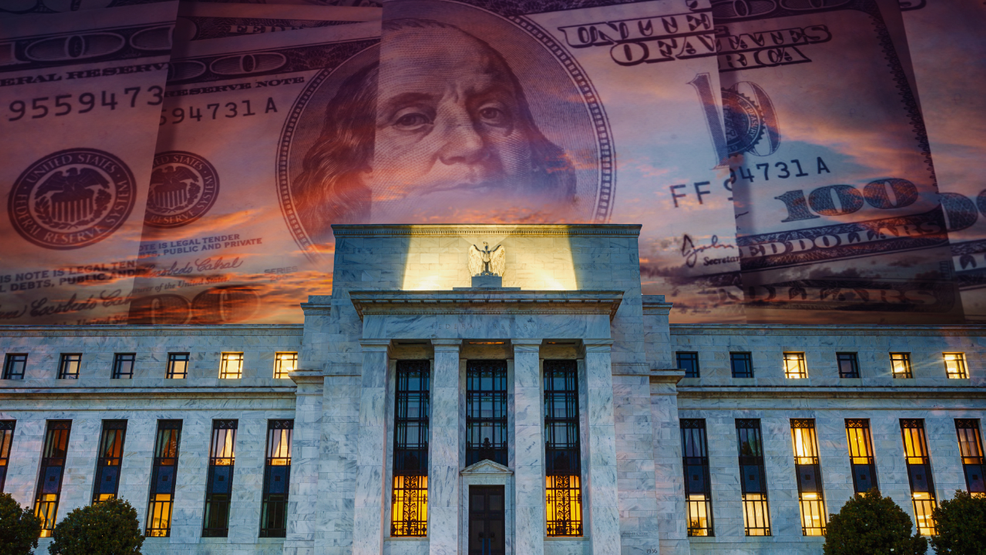The Bills are Coming
Interest rates are increasing, and bills are coming due for banks, taxpayers, and bondholders. More worryingly, rising interest costs will squeeze government budgets more than realized. Toss this onto the pile of higher energy costs, rising defense spending, aging populations, slowing growth, and the need to address climate change.
And They Are Much More Than Expected
The hidden costs of higher interest rates are found in the enormous quantitative easing programs implemented by central banks. Central banks bought trillions of dollars worth of government bonds by issuing new money. This money is known as central bank reserves, and these reserves carry a floating rate of interest.
Floating interest rates are the main tool of central bank monetary policy. When these rates rise, the cost to central banks of paying interest on these massive reserves rises immediately.
Buy High, Pay Low
As central banks raise interest rates, this significantly reduces central-bank profits. This may take a little explaining: traditionally, quantitative easing has been highly profitable because the net between the interest rate otherwise owed on the long-term debt replaced with reserves carrying a floating rate has been quite positive.
In other words, central banks were buying long-term debt with relatively high yields and paying for that debt with extremely low, but floating rate debt – the central reserves. To understand the magnitude of this profitability for government accounts, an example is that in the United States from 2010 to 2021, The Fed remitted over $1 trillion to the American treasury.
Quantitative easing has been particularly lucrative for central banks in Europe, especially the Bank of Italy which was earning yield on Italian government debt while paying a low interest rate on reserves-related profits. This financial arbitrage was worth almost 0.5% of GDP to the Italian government in 2020.
The Music is Stopping
As short-term interest rates rise, profits from quantitative easing will decrease and even turn negative. For example, the Fed’s QE portfolio would turn negative from just a one percentage point increase in net interest received versus interest paid on reserves. That convergence seems to be occurring imminently.
More broadly, a full accounting of interest rate sensitivity is terrible news for the central banks in Britain, Japan, Europe, and the United States. Higher interest rate costs will impact budgetary flexibility, central-bank profits will be limited or disappear, and costs will be substantial, whether born initially by governments, the banking system, or taxpayers. Eventually, taxpayers will pay.
Government budgets will continue to be squeezed and economic flexibility will be limited or lost. That’s right, I don’t hear any music either.

